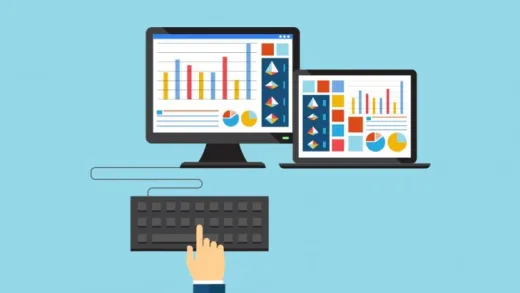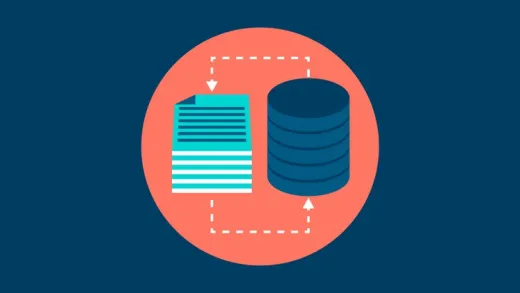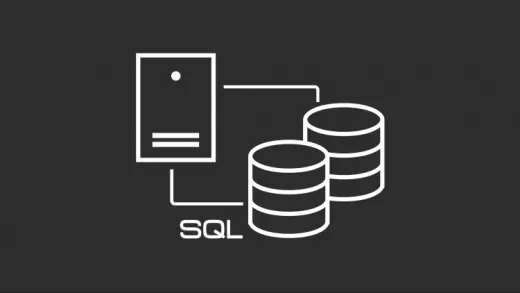Brief Summary
This course is all about getting you comfy with SQL and Relational Databases, making you a superstar in your team! You'll practice creating databases, updating data, and writing queries the easy way. It's perfect for beginners—you'll get to learn at your own pace and have fun doing it!
Key Points
-
Learn basic SQL to better communicate with DBAs and Developers.
-
Understand principles of Relational Databases.
-
Create and manage your own databases with real-world examples.
-
Hands-on learning through lectures, demonstrations, and exercises.
-
Work at your own pace and revisit material anytime.
Learning Outcomes
-
Create a functioning database with multiple tables.
-
Execute data updates, additions, and deletions effortlessly.
-
Write queries to summarize and manipulate data like a pro.
-
Effectively communicate technical needs with your team.
-
Build confidence in your analytical skills using SQL.
About This Course
Learn basic SQL so you can communicate better with DBAs and Developers, and increase your value as a team member.
This course teaches the principles of Relational Databases and the SQL language. It is intended for "Analysts". Knowledge of Relational Databases and SQL is one of the most valued technical skills an analyst can have. It will make you a more valued member of any team.
This course is suitable for a novice. I start by explaining how Relational Databases relate to your experience in the everyday world. When you have completed the course and exercises you will have created a database containing several related tables, updated the data they contain and written many queries which extract and summarise that data.
I teach using a mixture of lectures, demonstrations and exercises. You will learn by seeing, hearing and doing. With each step you build your knowledge using what you have learned already. An on-line course sets you free to work at your own pace and to review and revisit earlier material, even after you have completed the course.
By the end of the course you will have created databases, containing several tables and associated objects.
You will have added, updated and deleted data in those tables.
You will have created report queries which retrieve and manipulate that data.






Arsalan S.
because, it explained everything except where to take the data from
as i am on primary level.